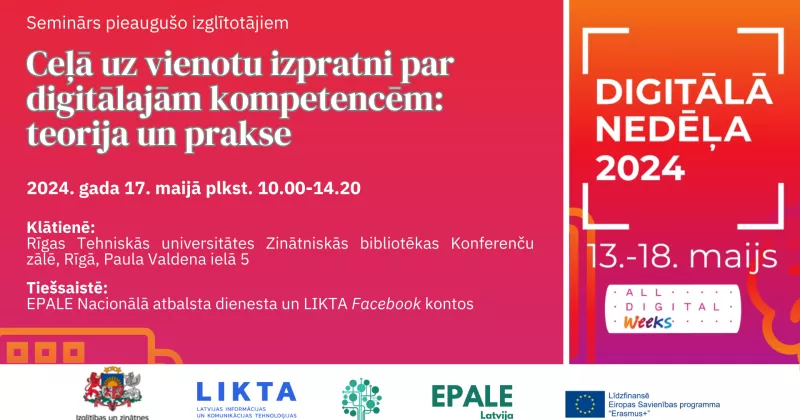Impacts of Low Health Literacy

Education is a key social determinant of health and it is now acknowledged that people with lower levels of language, literacy and numeracy are often the same people who also experience the worst health outcomes.
Research[1] shows that in England 43% of adults (18-65) are at Level 1 and below and do not have adequate literacy skills to routinely understand health information. When numeracy is involved this rises to 61%. The bar for numeracy is set even lower than literacy, which means that 61% of adults in England are at entry level 3 and below in terms of their numeracy skills i.e. what an 11 year old would be expected to do.
This means that a large proportion of adults in England lack “the personal characteristics and social resources needed for individuals and communities to access, understand, appraise and use information and services to make decisions about health” [2]. In other words they will not have the level of Health Literacy required to make informed choices about their health and wellbeing. In addition, it is highly likely that these individuals will be living in the most deprived areas of the country which in turn means that they will be struggling with a range of inequalities.
In terms of health inequalities, people with lower Health Literacy:
- Die earlier
- Find it more difficult to take their medication as instructed
- Are more likely to have one or more long-term conditions
- Are less likely to engage with disease prevention e.g. cancer screening, immunisation
They also have:
- More unhealthy behaviours
- Fewer healthy behaviours
- Lower levels of self-rated health
- Lower response to public healthy living campaigns
In everyday terms this means: the person who thought that eating 5 peas a day meant they had consumed their daily recommended amount of fruit and vegetables; the person who thought a positive cancer diagnosis was a good thing; the person who sprayed their inhalers ON their throat. These are all real life examples from our work in delivering Health Literacy programmes.
Although extreme examples of the impact of lower Health Literacy what this shows is that people affected by this cannot always understand and act on health messages. This in turn can widen the health inequalities gap meaning they do not live as long or as healthily as their more health literate counterparts.
Clearly there is also a financial cost to the Health Service in terms of people not attending appointments, not understanding healthy eating messages and unused medication. Although there hasn’t been any research carried out in the UK, in America the cost of limited health literacy[3] to their health service is around 3% - 5% of total health spend. If this is applied to the UK it equates to between £3 and £5 billion.
In light of this it would seem to make sense that health and education work together to improve the health literacy of those people most in need. This is why we worked with the Department for Business, Innovation and Skills and the Department for Health to develop, trial and evaluate the Skilled for Health resources, a unique health literacy resource that embeds language, literacy and numeracy into health related topics http://www.chlfoundation.org.uk/resources.htm
For more information please contact janet.solla@chlfoundation.org.uk
Janet Solla is Director of the Community Health and Learning Foundation. Before taking up her present post Janet was the Policy and Delivery Manager for the Health and Well-being team in ContinYou. She has worked extensively in the private sector as a manager and then in the education sector as a University lecturer and course leader in Business Studies. Her other interests are in adult and community learning and health and well being.
.........................................................................................................
[1] Rowlands, G., Protheroe, J., Richardson, M., Seed, P., Winkley, J., and Rudd, R. (2015).
The health information gap: the mismatch between population health literacy and the complexity of health information; an observational study. British Journal of General Practice 65 e379 -e386.
[2] WHO definition of health literacy (2015).
[3] (The costs of limited health literacy - Eichler, Wieser and Brügger, 2009)





